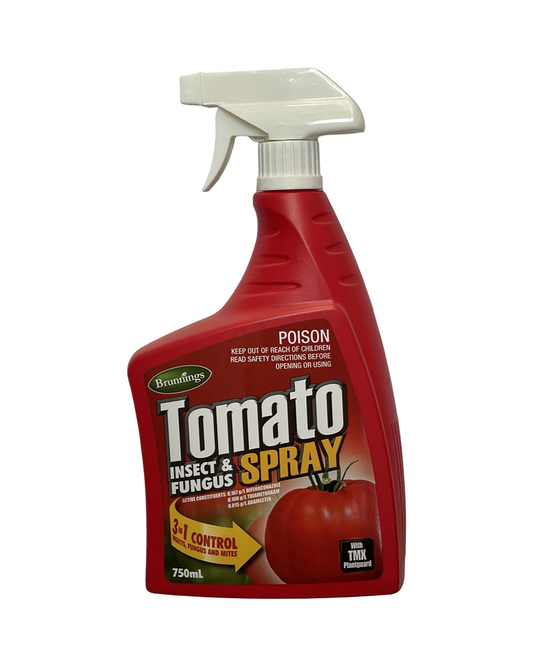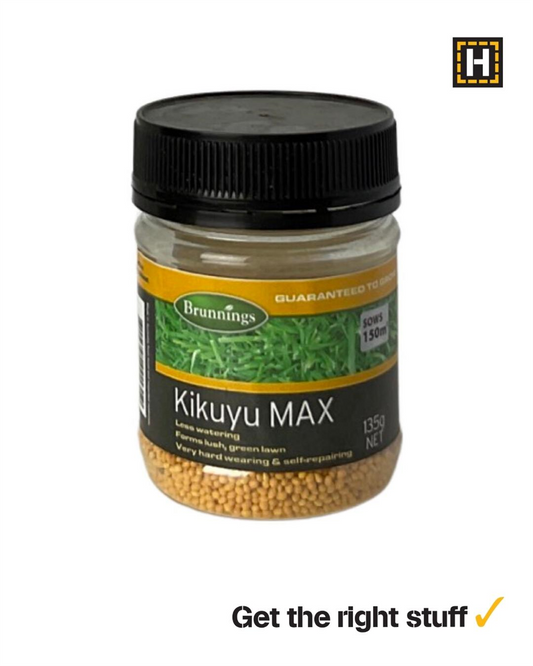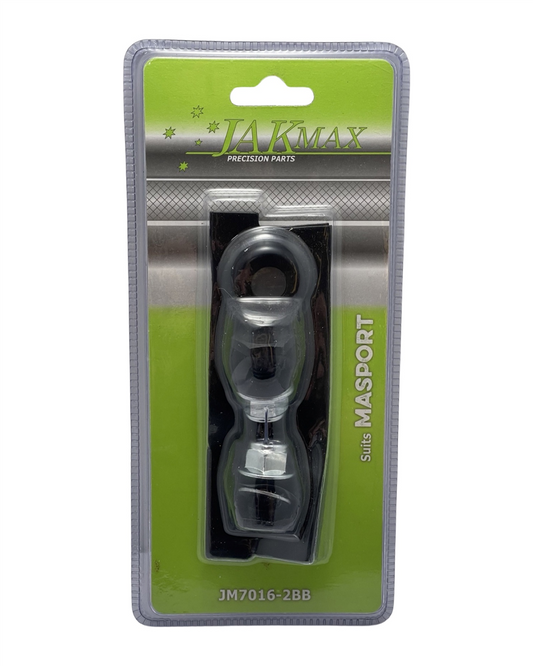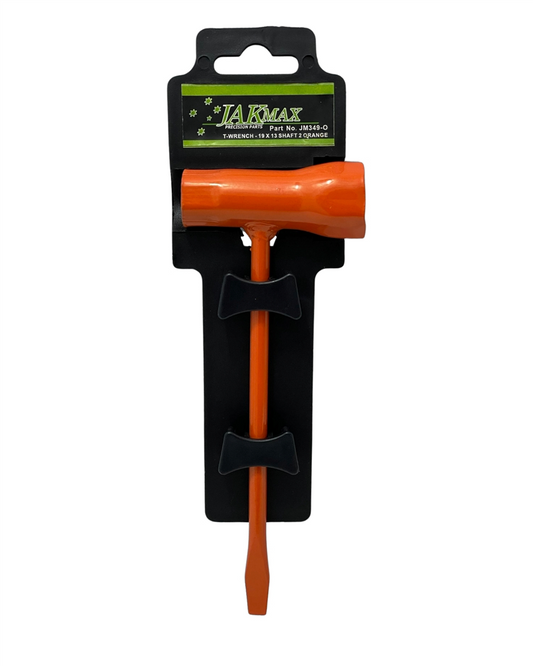The ultimate guide to growing spinach that won’t bolt
Share
How to Keep Your Spinach From Bolting – A Beginner’s Guide
There’s nothing more frustrating than tender spinach leaves turning into tall, flowering stalks overnight. One day, you're dreaming of crunchy green salads, and the next, it feels like your leafy greens are staging a rebellion. If you've ever struggled with spinach bolting too soon, you're not alone.
Good news—there are ways to prevent it! With a few clever tricks, you can keep your spinach growing happily without rushing to produce seed. Let’s dig in and get your garden thriving.
What Is Bolting and Why Does It Happen?
Bolting means your spinach thinks it’s time to reproduce instead of producing those delicious leaves. When spinach bolts, the plant shifts its focus from growing tasty greens to making flowers and seeds.
The main triggers? Heat, long daylight hours, and stress. Spinach is a cool-season plant, meaning it thrives in mild temperatures. If the weather warms up too fast, or if plants experience stress (like inconsistent watering or crowded roots), they panic and bolt.
Choose the Right Spinach Variety
Some spinach varieties are naturally slower to bolt than others. If you’re planting during warm seasons, look for bolt-resistant options. Here are a few great choices:
- ‘Bloomsdale’ – A classic, slow-bolting variety with crinkled leaves.
- ‘Tyee’ – Ideal for spring and early summer, known for resisting bolting.
- ‘Space’ – A smooth-leaf variety, great for baby spinach and slow to flower.
Time Your Planting Wisely
Spinach prefers cooler weather, so timing your planting is everything. The best times to plant spinach?
- Early autumn – Perfect for harvesting in late autumn and early winter.
- Late winter to early spring – Grow before the weather gets too warm.
Planting spinach too late in spring increases the risk of bolting. If the days are already getting warmer, consider growing a heat-tolerant leafy green like Malabar spinach instead.
Keep It Cool
Since heat makes spinach bolt, keeping your plants cool is key. Try these strategies:
- Use Shade Cloth: A light shade cover can lower temperatures around your plants.
- Mulch the Soil: A layer of straw or sugarcane mulch helps retain moisture and keeps roots cool.
- Water Consistently: Dry soil stresses plants, so keep spinach well-watered but not soggy.
Give Your Spinach Some Space
Packed-in plants compete for nutrients and water, making them more likely to bolt. When planting, space your spinach about 15cm apart to allow good airflow and reduce stress.
Keep Harvesting Small Leaves
Regularly picking outer spinach leaves encourages the plant to keep producing instead of setting seed. If you notice a central stalk forming, cut it off immediately to delay bolting.
Try Succession Planting
Even with the best methods, spinach will eventually bolt in warm weather. The secret? Stagger your plantings.
Every two to three weeks, sow a fresh batch of seeds. That way, as older spinach plants start bolting, you'll have a new round of seedlings ready to take their place.
What to Do If Your Spinach Bolts
Despite all your efforts, sometimes spinach will still decide it's time to flower. What now?
- Harvest and Use Quickly: Once spinach flowers, the leaves turn bitter. Pick them before the taste changes.
- Save the Seeds: If you let your spinach go to seed, you can collect them for your next planting.
- Plant Something Else: Swap out bolting spinach with heat-loving greens like rocket or Swiss chard.
Final Thoughts
Preventing spinach from bolting is all about giving it the right conditions—cool temperatures, consistent moisture, and proper spacing. With a little planning, you can enjoy fresh spinach leaves for longer and avoid the dreaded flower stalk surprise.
Happy gardening! 🥬
 Stay Connected
Stay Connected
Join our gardening community on Facebook the Urban Gardener's Notebook
And follow our Store Facebook Page: Strathalbyn H Hardware on Facebook









